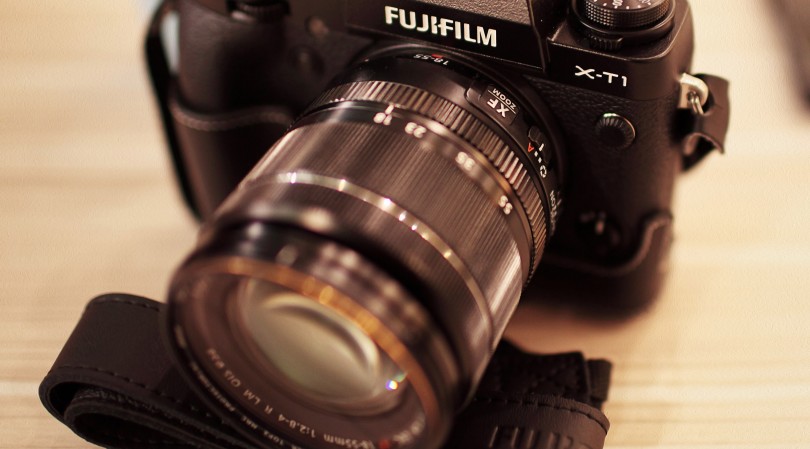Fujifilm has unveiled its new X-T1 IR mirrorless camera, a unique device capable of boosting the observation capabilities of the user into another spectrum.
Among the many perks listed in its press release, the camera sees infrared light, allowing it to capture images the naked eye can’t see, like residue at a crime scene.
But this new camera has one fatal flaw – its ability to see through clothing, and that’s where a privacy debate enters the picture.
Street photographer Natalie Pilepich said, “It’s only under really specific conditions that it would see through people’s clothes, so I really don’t see it as much of an issue.”
But eight out of 10 people asked on the street said they would not feel comfortable with someone taking snapshots in their direction with this sort of camera, and rightly so.
“You can’t see a perv hiding in plain sight,” said IT student Perry Smith.
While the camera cannot see through thick clothing, Fujifilm said thin, partially transparent or wet clothing will produce a higher calibre of transparency – enough to see down to the undergarments.
Wired explains:
That’s because it’s able to “see” infrared light, which is invisible to the human eye. Visible light falls within a wavelength of 390nm (violet) and 700nm (red). Beyond that 700nm ceiling, you enter the near-infrared range between 750nm and 950nm. According to Fujifilm, the X-T1 IR can capture light at wavelengths up to 1,000nm, dipping its toe into the mid-infrared range. It’s also able to see long-wave ultraviolet light in the 380nm to 400nm range.
Miss Pilepich said the best way we can get around these issues is to have people register their cameras when they buy them.
“If it’s that big of a problem that it can see through people’s clothes often, then maybe it is best that you get a license to use it,” she said.
Those interested in depravity will have to commit though, with the current conversion putting the camera at around $2300 AUD.
Still, if privacy trumps marketability in this situation, we could see the sciences wither for it as production stops.
Fujifilm is yet to point out which countries will be legally allowed to sell the camera, set to be released in October, but confirmed it will not be available worldwide.


[…] Originally appeared in City Journal. […]